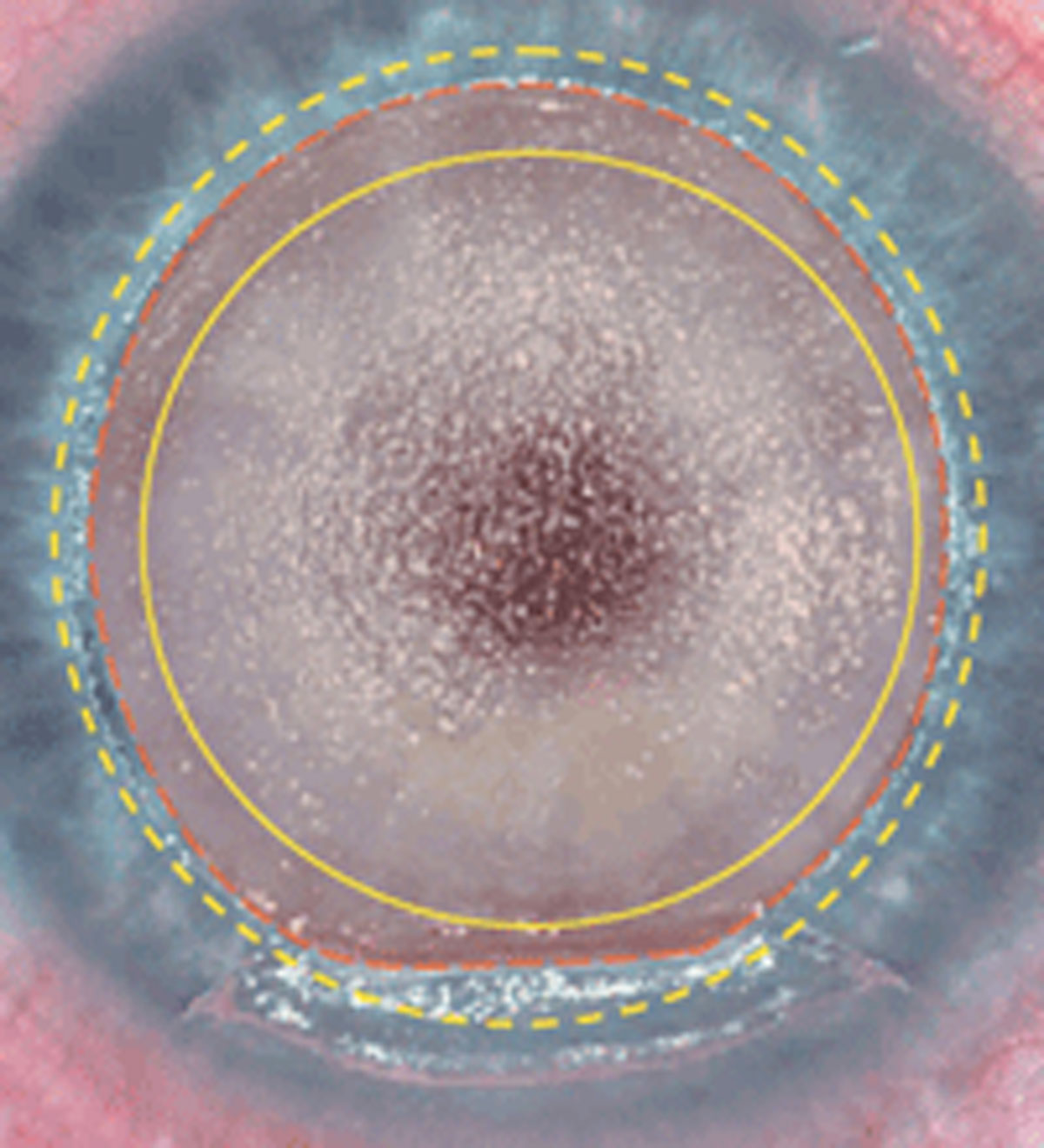 |
|
Children with amblyogenic refractive error may find relief with laser refractive surgery. Photo: Martin L. Fox, MD. Click image to enlarge. |
As amblyopia is often caused by uncorrected refractive error, laser refractive surgery has been suggested in some studies as a viable alternative to expensive and difficult traditional therapies. Based on a literature review, the American Academy of Ophthalmology stated in a recently published technology assessment that laser refractive surgery appears to address amblyopic refractive error and decrease anisometropia in children.
The researchers conducted a literature review of LASIK, PRK, LASEK and SMILE using the PubMed database and identified 137 articles. A total of 12 studies met inclusion criteria (all level III evidence; two case-control studies and 10 case series). Subjects, aged ≤18, had anisometropic myopia, anisometropic hyperopia or were mixed.
The group reported that all studies demonstrated an improvement in BCVA but that the magnitude of improvement varied. Successful outcomes ranged from 27% to 89% (residual refractive error within 1D of target). Mean follow-up ranged from four months to seven years. The researchers noted the wide range but wrote that all studies still showed an improvement in the magnitude of anisometropia. They added that regression in refractive error was more common and to a greater degree in myopic eyes, eyes with longer follow-up and younger patients. Common complications included corneal haze and striae.
While direct comparisons weren’t feasible due to differences in methodology, refractive error parameters and outcome measures, the group concluded that their findings suggest laser refractive surgery “may address amblyogenic refractive error in children and that it appears to decrease anisometropia.” They noted, however, that the evidence for amblyopia improvement is unclear and there isn’t any long-term safety data. Using laser refractive surgery in children has its own challenges, such as the potential need for general anesthesia, and doesn’t necessarily obviate the need for glasses, contact lenses or continued amblyopia therapy.
Cavuoto KM, Chang MY, Heidary G, et al. Effectiveness of laser refractive surgery to address anisometropic amblyogenic refractive error in children. A report by the American Academy of Ophthalmology (Ophthalmic Technology Assessment). Ophthalmology. 2022;1-9. |

